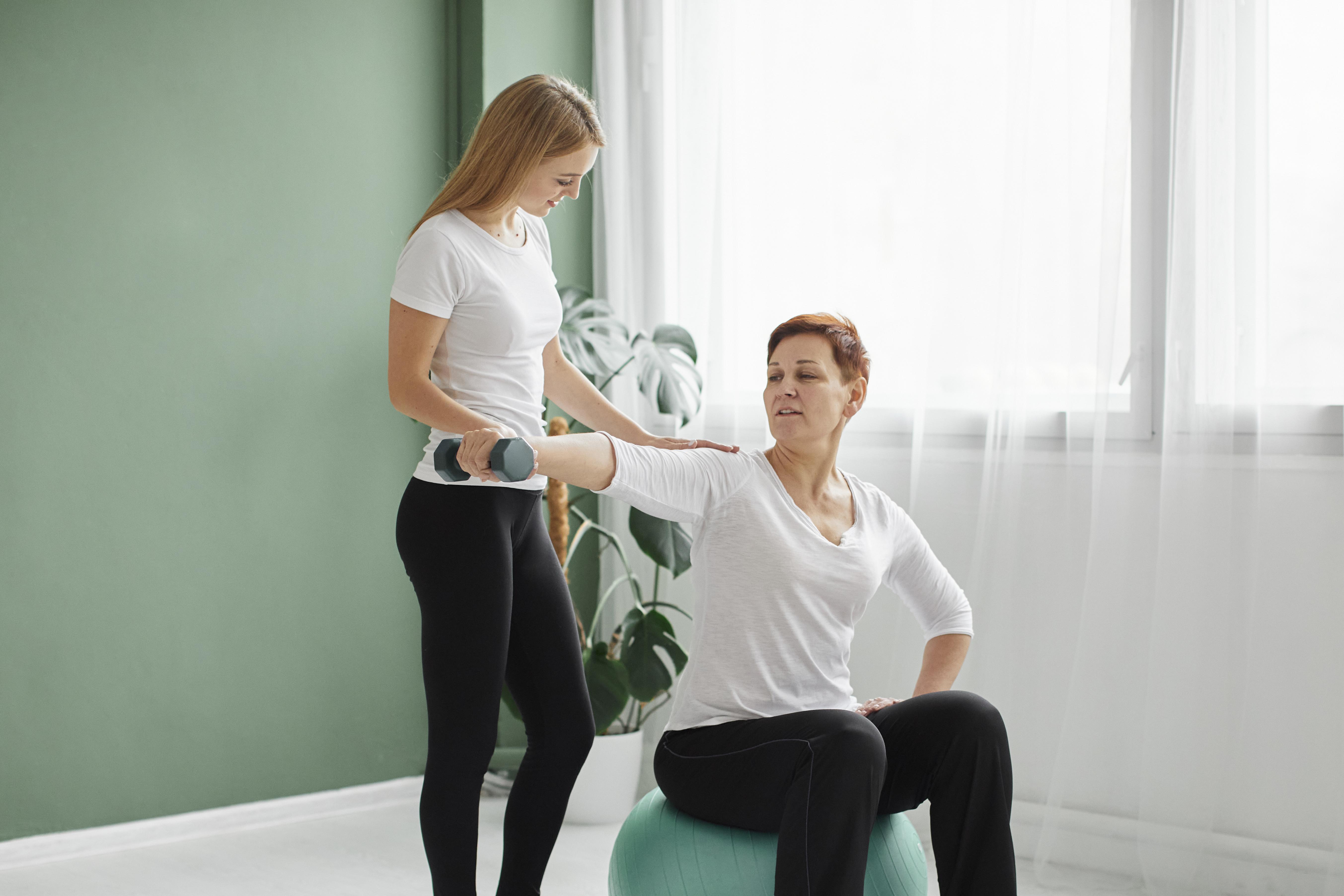
The Role of Physical Therapy in Orthopaedic Rehabilitation
The Role
of Physical Therapy in Orthopaedic Rehabilitation
Orthopaedic
rehabilitation is
essential for assisting individuals in recovering from injuries, surgeries, or
conditions affecting the musculoskeletal system. This specialized area of rehabilitation
medicine aims to restore function, alleviate pain, and enhance the overall
quality of life for patients.
A vital
element of orthopaedic rehabilitation is physical therapy. This process
utilizes targeted exercises, manual therapy techniques, and various modalities
to enhance mobility, strength, and flexibility. The goal is to help patients
regain their independence and return to their everyday activities.
Physical
therapy is a crucial component of orthopaedic rehabilitation as it addresses
the unique needs of each patient, considering their specific injury or
condition, overall health, and functional aspirations. It offers a
comprehensive and tailored approach to recovery, focusing on both immediate
pain relief and long-term functional enhancement.
Advantages
of Physical Therapy in Orthopaedic Rehabilitation:
1.
Pain Relief:
Physical therapy is
essential for managing pain associated with orthopaedic conditions and
injuries, which can significantly limit mobility and impact daily activities.
Various techniques and exercises are utilized to alleviate pain, including:
o Therapeutic Exercises: Tailored
exercises target the affected area, enhancing muscle strength and flexibility
while minimizing pain.
o Manual Therapy: Hands-on methods such
as joint mobilization, soft tissue manipulation, and massage can relieve pain,
improve blood flow, and facilitate healing.
o Modalities: Physical therapists may
employ treatments like heat, cold therapy, ultrasound, electrical stimulation,
or laser therapy to reduce pain and inflammation.
2.
Muscle Strength and Joint Flexibility:
Physical therapy is focused on enhancing muscle strength and joint mobility,
which are vital for restoring functionality and preventing future injuries. Key
techniques for muscle strengthening and joint mobility include:
o Therapeutic Exercises: Physical
therapists create exercise programs that target specific muscle groups to
strengthen weak muscles and restore balance. These may involve resistance
training, stretching, and range of motion exercises.
o Functional Training: Therapists
incorporate movements and activities that mimic real-life tasks to enhance
muscle coordination, balance, and overall mobility.
o Manual Therapy: Hands-on approaches,
such as joint mobilizations and manipulations, can improve joint mobility,
reduce stiffness, and enhance flexibility.
Educating and Empowering Patients in Rehabilitation
1.Importance
of Patient Education:
Emphasizing the significance of informing patients about their condition,
treatment plan, and self-care techniques is vital. This education enhances
their understanding and encourages active participation in the rehabilitation
process.
2. Empowering Patients:
Physical therapists play a key role in empowering patients by equipping them
with knowledge and resources. This enables individuals to take charge of their
recovery and make informed choices regarding their healthcare.
3.Significance of Patient Compliance:
Highlighting the essential nature of patient compliance and engagement is
crucial for achieving successful outcomes in orthopedic
rehabilitation. Actively adhering to the prescribed treatment plan and
participating in therapy sessions significantly benefits recovery.
Conclusion
To sum up, physical therapy is crucial in orthopaedic rehabilitation. It effectively alleviates
pain, enhances muscle strength and joint flexibility, and restores functional
capabilities. If you seek exceptional orthopaedic care in Thrissur, Bethel
physiotherapy is the ideal choice. Their team of highly qualified Orthopedic rehabilitation specialists, along with committed physical
therapists, delivers thorough and personalized care.




